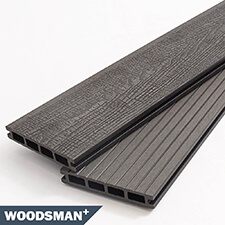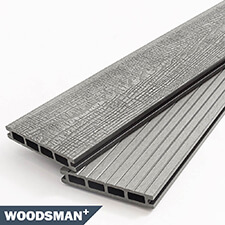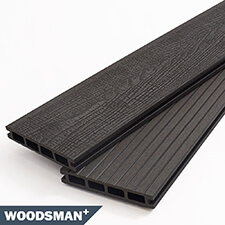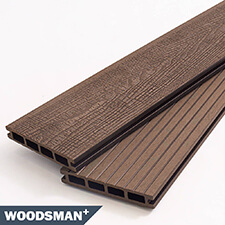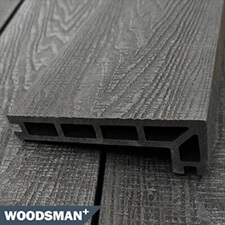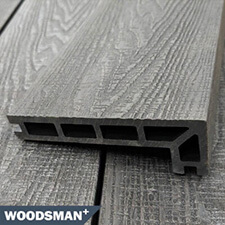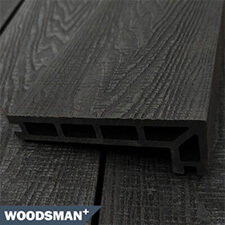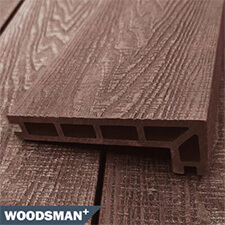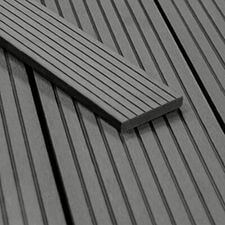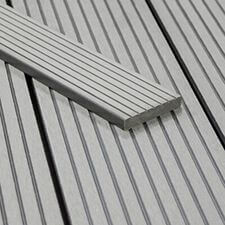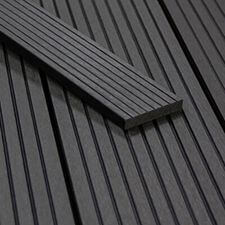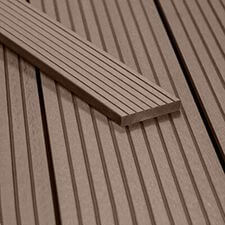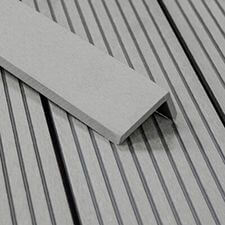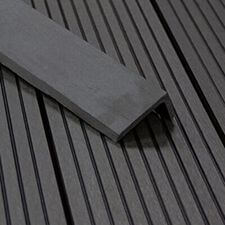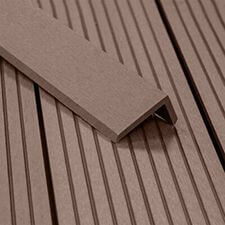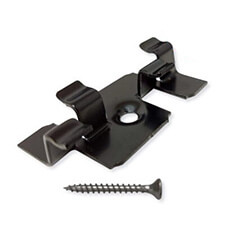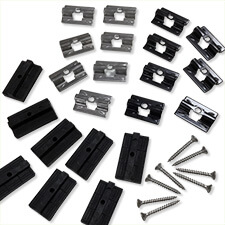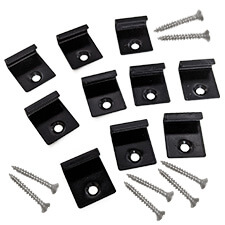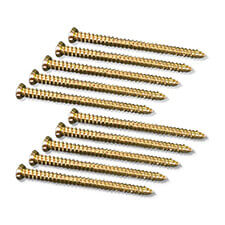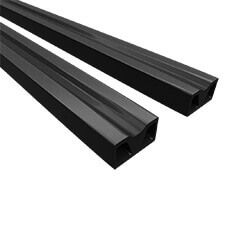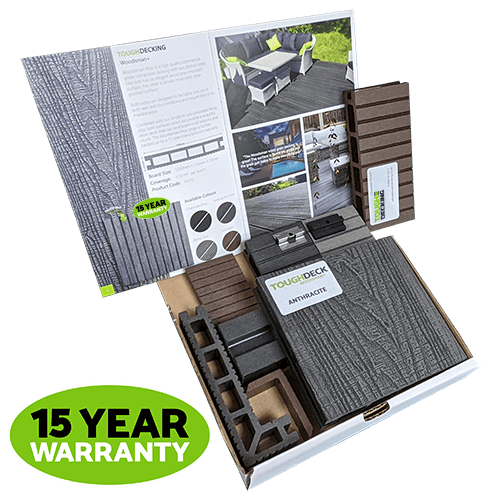No products in the basket.
What is the difference between ‘uncapped’ and ‘capped’ decking?
Uncapped and Capped refer to different types of composite decking products based on their construction and performance.
Uncapped composite decking is made of a composite material that is not covered with a protective coating or shell. This type of decking may be less expensive than capped decking, but it may be more prone to fading, staining, and moisture damage over time. Uncapped decking may also be more susceptible to scratches, mold growth, and other types of wear and tear, as the composite material is exposed to the elements.
Capped composite decking, on the other hand, features a protective outer layer or “cap” that is designed to enhance the durability and longevity of the decking. This cap may be made of a variety of materials, including polymer, PVC, or other synthetic materials, and is designed to resist fading, staining, and moisture damage. Capped composite decking may also be more resistant to scratches, mold, and other types of wear and tear, making it a popular choice for homeowners who want a low-maintenance, long-lasting decking option.
Overall, the choice between uncapped and capped composite decking may depend on factors such as budget, desired level of maintenance, and the specific performance needs of the decking installation.
